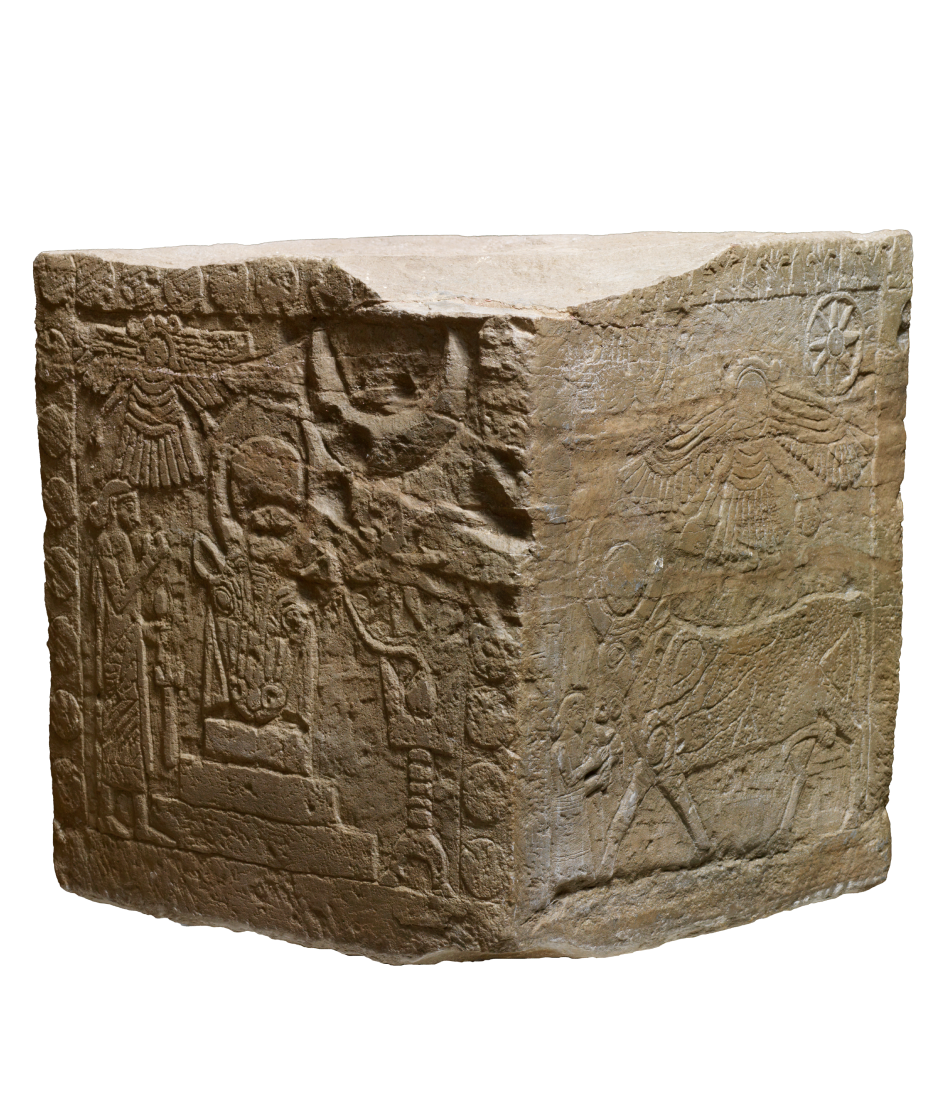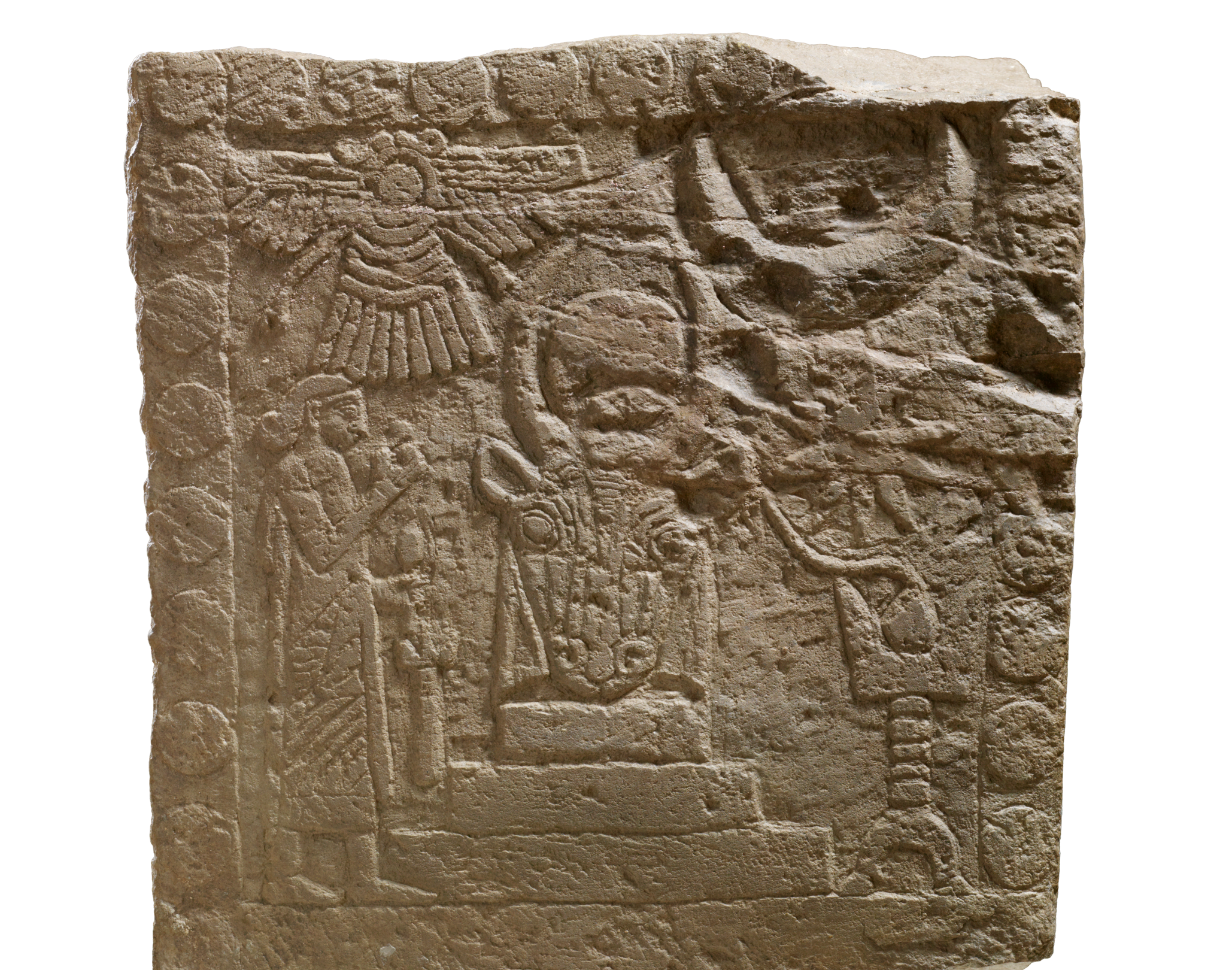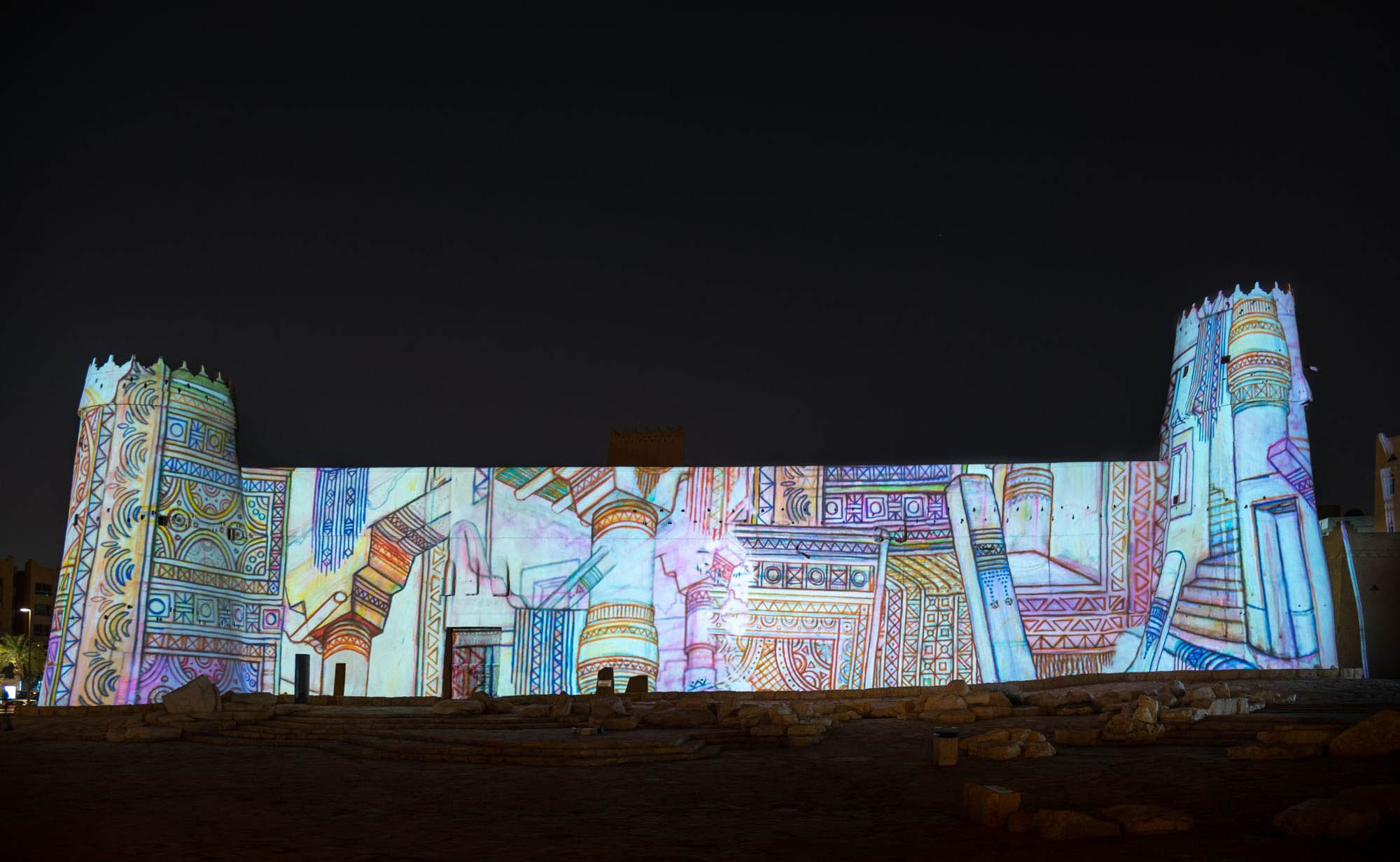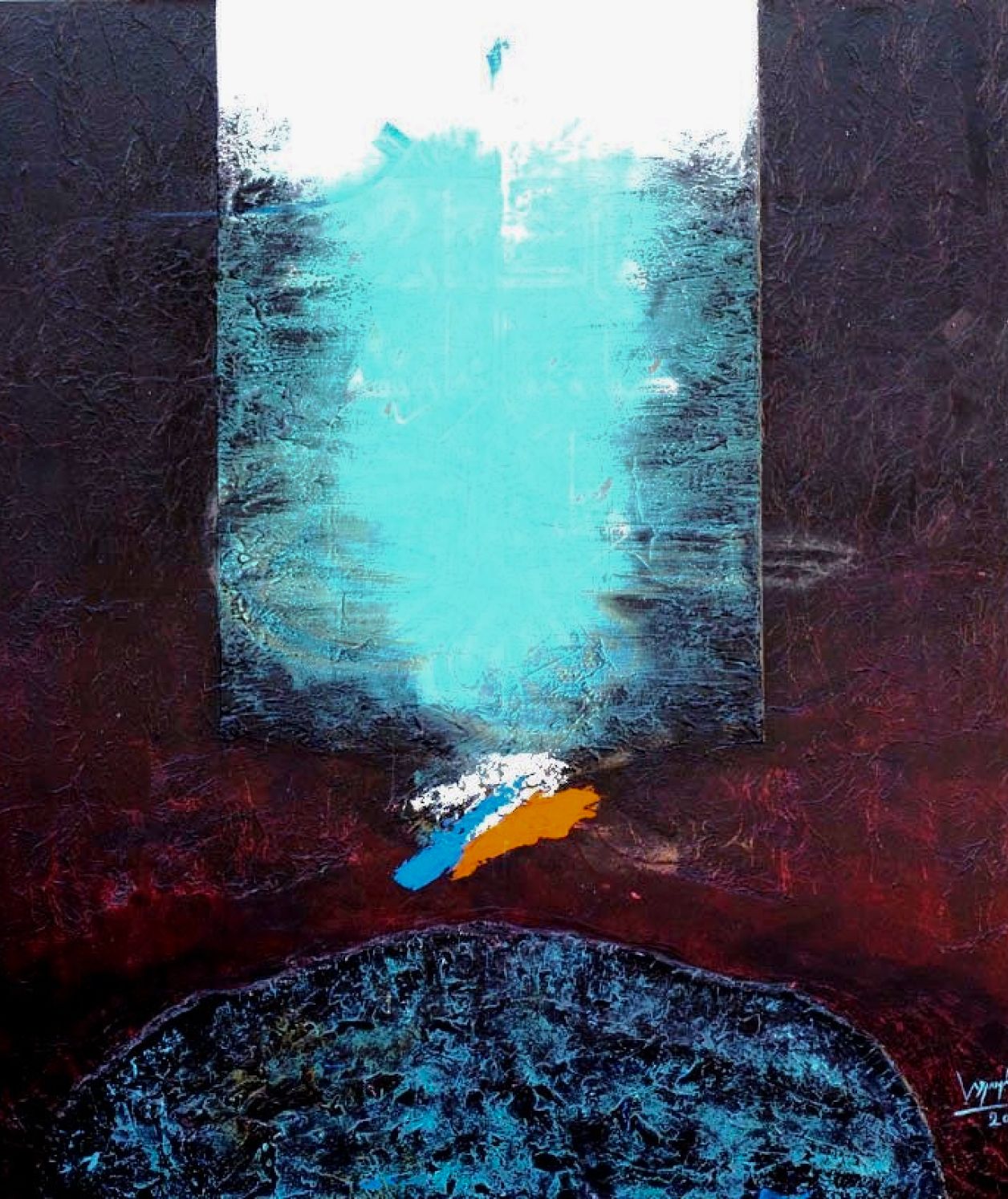Ancient light and its stories
A sandstone cube, found in 1979 that is dated between the 5th - 4th century BC Known as Al-Hamra cube was named after the palace of where it was found in Tayma, an oasis 220 km southeast of the city of Tabuk. Courtesy of The National Museum of Saudi Arabia, Riyadh.
In its mot simplest definition, light is brightness that allows things to be seen. Throughout time light has been mentioned in science, poetry and religion. The Qur’an, has a soura titled “Nour” and many verses and ayas that mention the word “Nour.”
Pre-dating Islam, light was seen to be so important, that sources of light such as the sun and moon were thought to be Gods. There is a unique example of this at the National Museum of Saudi Arabia. A sandstone cube, found in 1979 that is dated between the 5th - 4th century BC. This cube known as the Al-Hamra cube was named after the palace of where it was found in Tayma an oasis 220 km southeast of the city of Tabuk.
Сarved images start to appear. In the center of the cube on the left, an image of a bull can be seen with a round disk between its horns. A priest stands to the left of the bull, dressed in a long gown or tunic. Above the priest, another disk is found, this one is winged. Disks in carvings such as these usually represent the sun or the moon and sometimes both. A source of light associated with gods. What makes this cube unique is that it is believed to represent the blend of religions that seems to have been a practice in Tayma.

A sandstone cube, found in 1979 that is dated between the 5th - 4th century BC. Known as Al-Hamra cube was named after the palace of where it was found in Tayma, an oasis 220 km southeast of the city of Tabuk. Courtesy of The National Museum of Saudi Arabia, Riyadh.

A sandstone cube, found in 1979 that is dated between the 5th - 4th century BC. Known as Al-Hamra cube was named after the palace of where it was found in Tayma, an oasis 220 km southeast of the city of Tabuk. Courtesy of The National Museum of Saudi Arabia, Riyadh.
with the sun-disc closely resembles the Egyptian Apis bull, and the winged disc is usually associated with the god Valm. This cube is exceptional as it appears to represent two different civilizations — that of Egypt and Mesopotamia. A visit to the National Museum will shed light on the many civilization and treasures that have existed in Arabia. Every corner of the museum has an object with a special story to discover.


